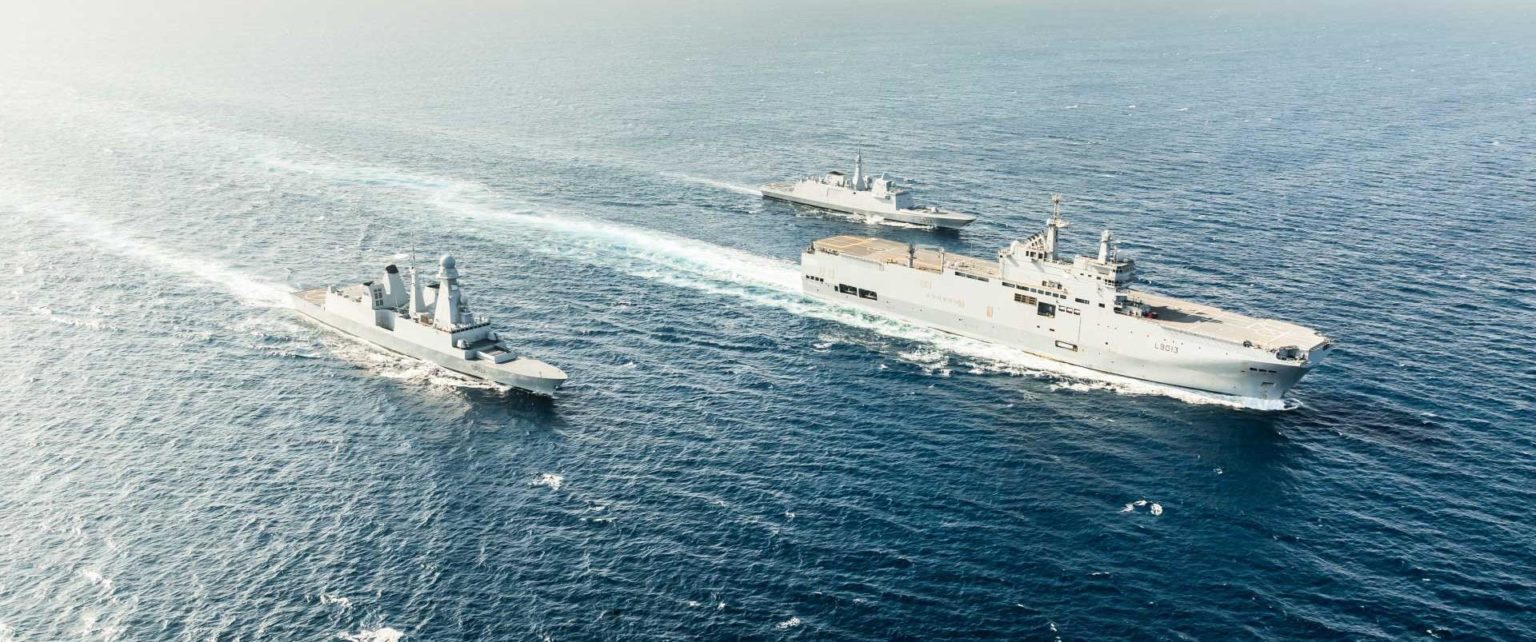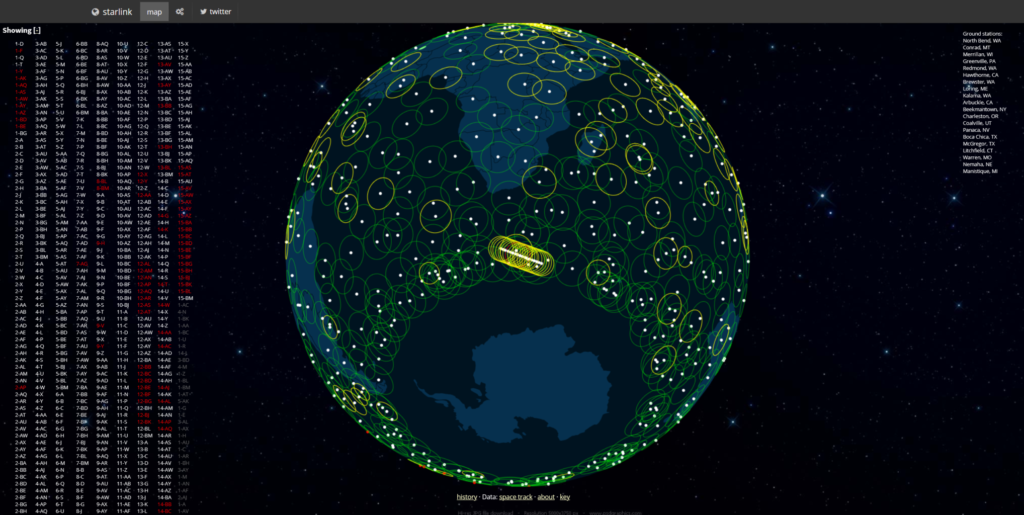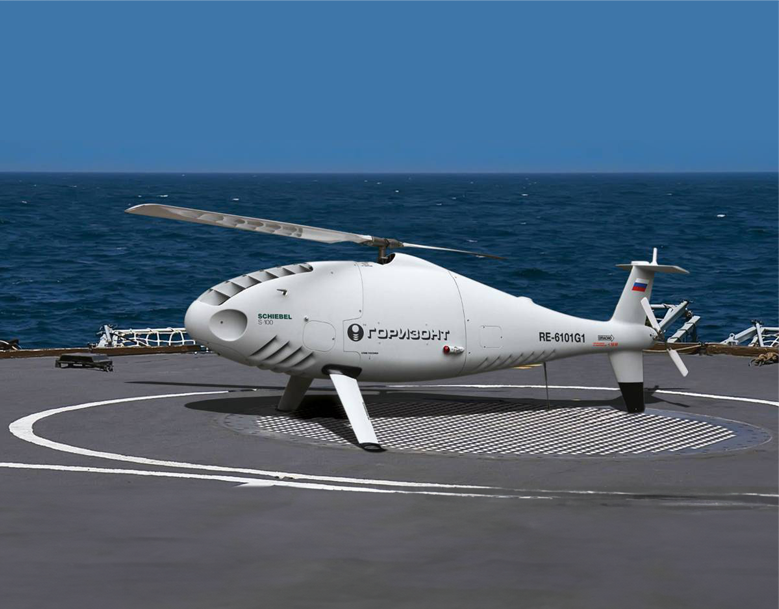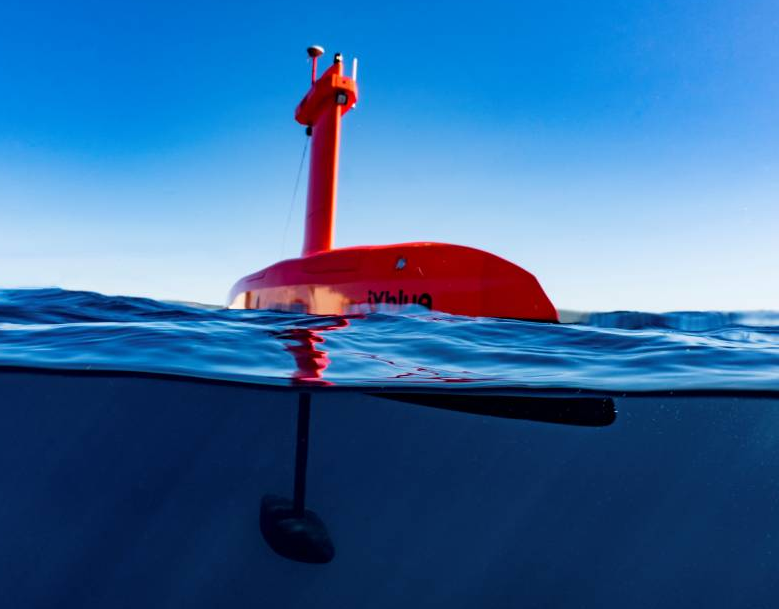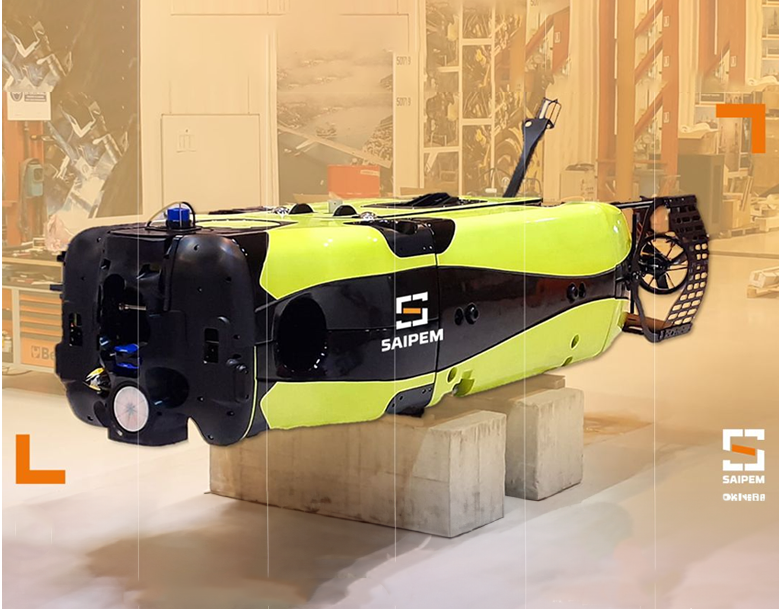I. The challenges of maritime defense and security
Struggle for influence
The geopolitics of the oceans have been the subject of intense conflict and confrontation for decades. The five oceans, representing 70% of the Earth’s surface, are a key strategic area for international actors. These strategic zones are host to a vast range of food resources (fisheries) and marine energy resources (oil and gas, offshore wind power). The oceans are also zones of significant maritime traffic, with “maritime roads” including the Transpacific, the Transatlantic and the Asia-Europe axis. An estimated 80% of products are transported on these maritime roads. They are physically linked to each other by international straits and passages, through which thousands of ships circulate freely without hindering the 1982 United Nations Convention on the Law of the Sea. Finally, 99% of the world’s data traffic (Internet and telephony) is carried by submarine cables.
These maritime areas are strategic zones. They represent major geopolitical issues, with territorial claims, resource conflicts and international tensions. Maritime defense is vital to every nation in order to protect and secure its own interests.
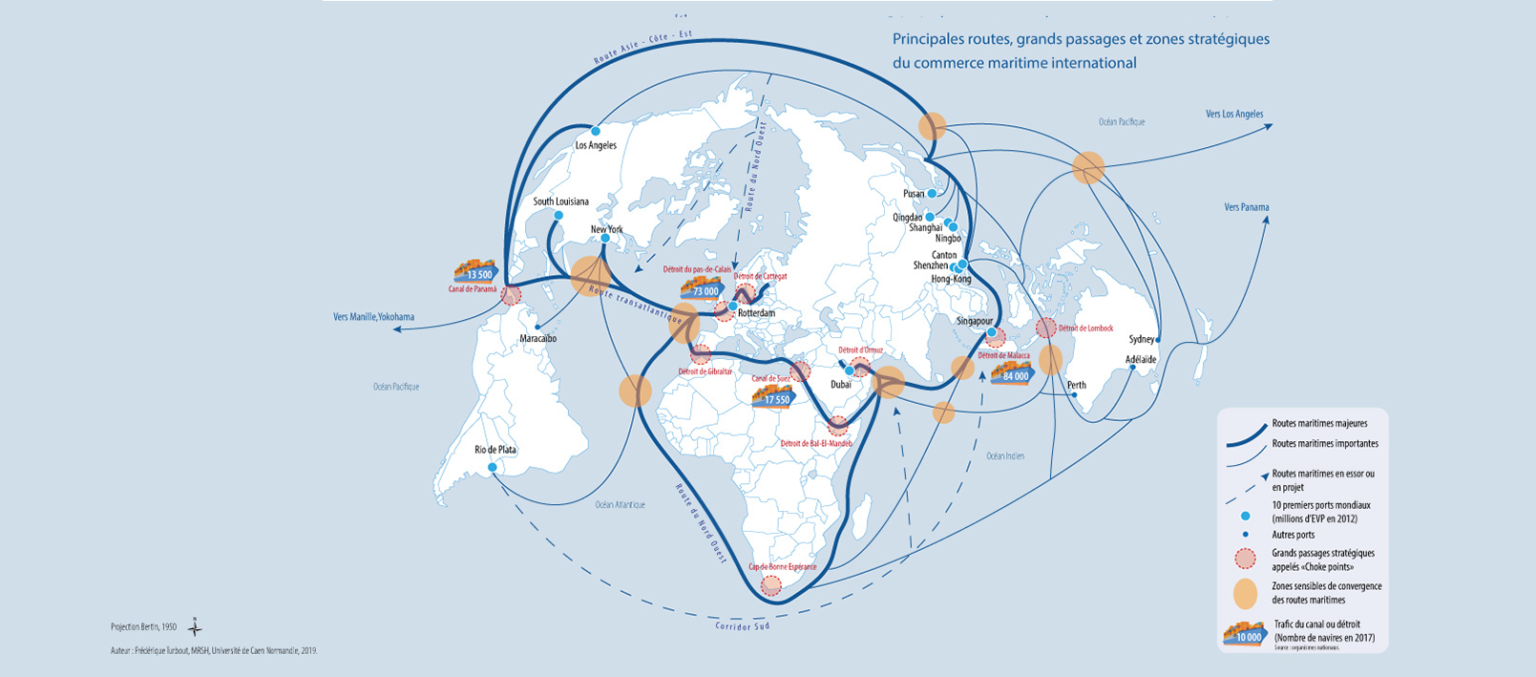
Asymmetric threats
[Recent news]
10.12.2023
Finland police investigate undersea gas pipeline leak as possible sabotage
HELSINKI (AP) — Finnish police said Wednesday they have launched a criminal investigation into possible sabotage of an undersea gas pipeline between Finland and Estonia that was shut down over the weekend following a leak.
09.28.22
2022 Nord Stream pipeline sabotage
On 26 September 2022, a series of clandestine bombings and subsequent underwater gas leaks occurred on the Nord Stream 1 and Nord Stream 2 natural gas pipelines.
II. New technologies
Advanced detection systems
Acoustic sensors under development: hydrophones
Naval drones
Aerial drones
Surface drones
Use cases: Used as early as the Second World War as a remotely operated target vehicle and minesweeper, today they are used more in oceanography and environmental monitoring, as well as in freight transport and military applications. Various other applications are also being explored.
Exemple :
Underwater drone
Exemple :
FlatFish, developed by SAIPEM, is an advanced underwater drone capable of autonomously carrying out complex inspections of subsea assets across the entire underwater domain, thanks to its integrated artificial intelligence, advanced navigation functions and payload-based modularity.
III. Disruptive innovations – Imagining future innovations
The future of maritime safety looks bright, with many technological and technical innovations set to improve safety at sea. Here’s a look at some of the future advances expected in this field:
Using the Internet of Things (IoT) for environmental and marine monitoring
“IoT” sensors will be used more widely to monitor the water through dense meshing. These require a connection and extensive Internet broadcasting off the coast. It is also a major energy challenge to ensure a continuous connection and therefore a reliable data reading in real time. At present, projects such as PRACTI SEAS, led by Quimper-based Kenta , are underway. Its aim is to standardize the use of IoT on all ships in order to develop a more reliable network.

